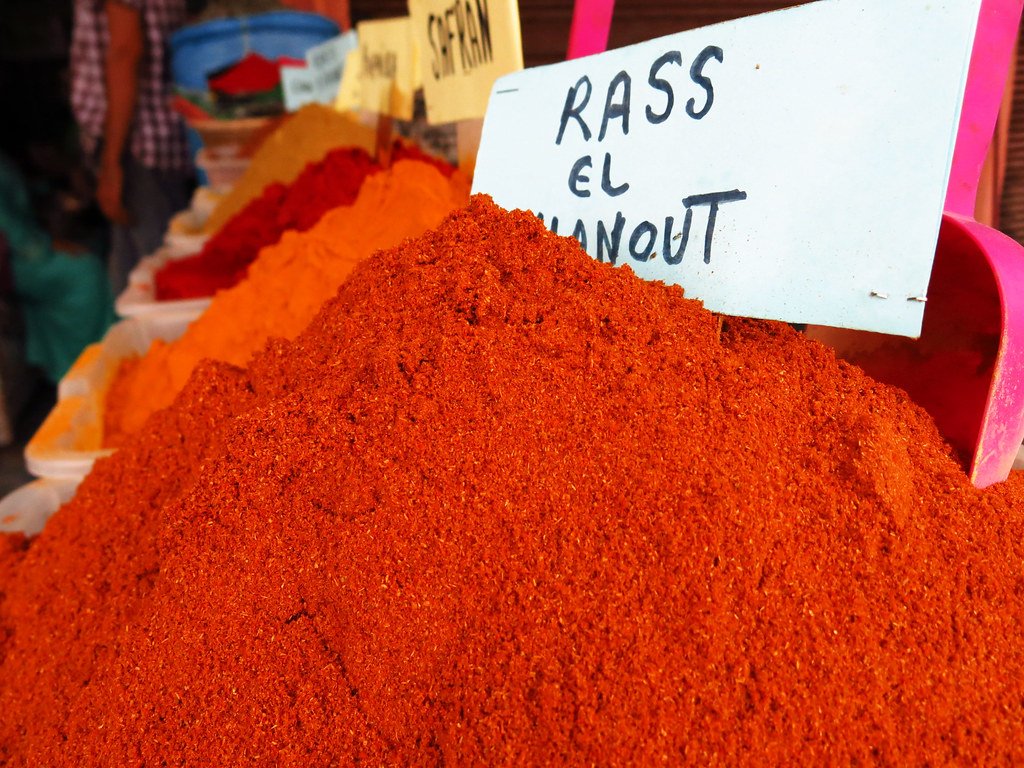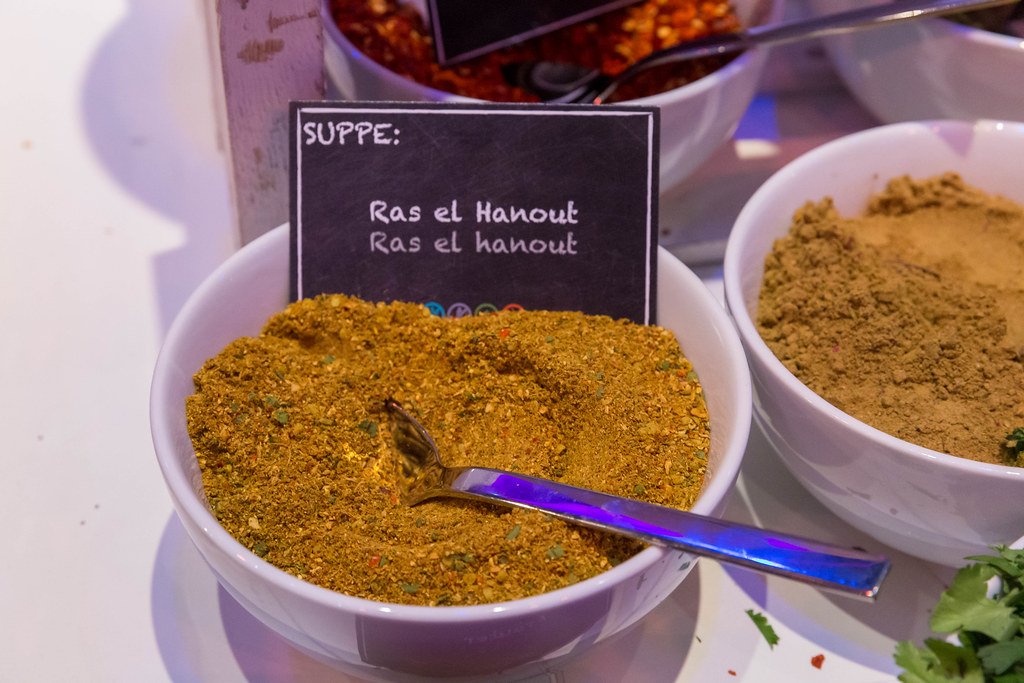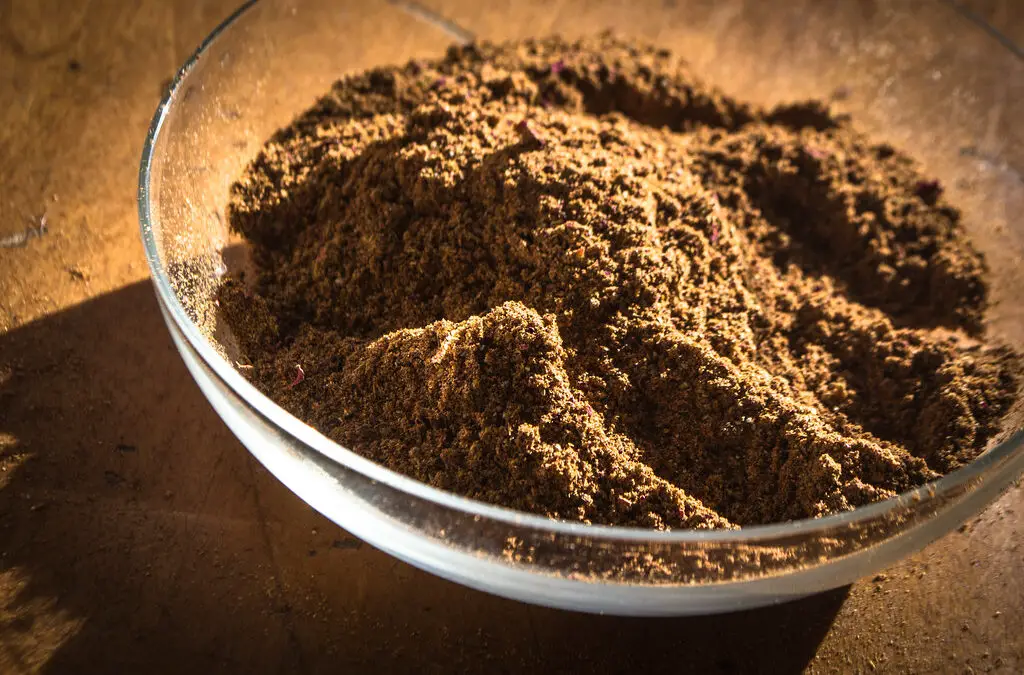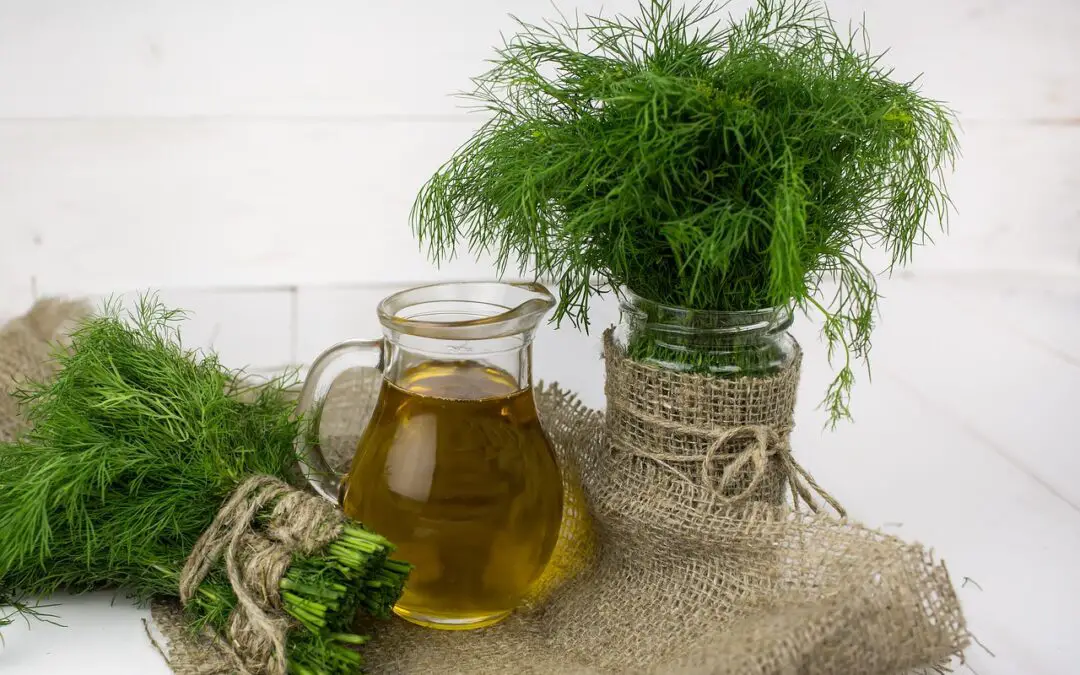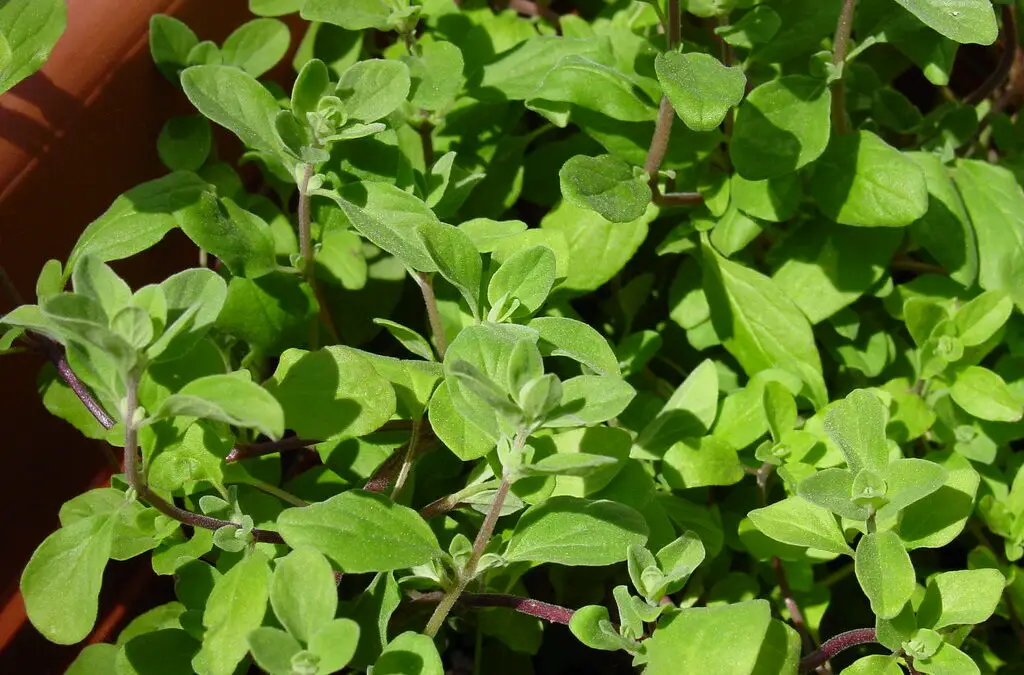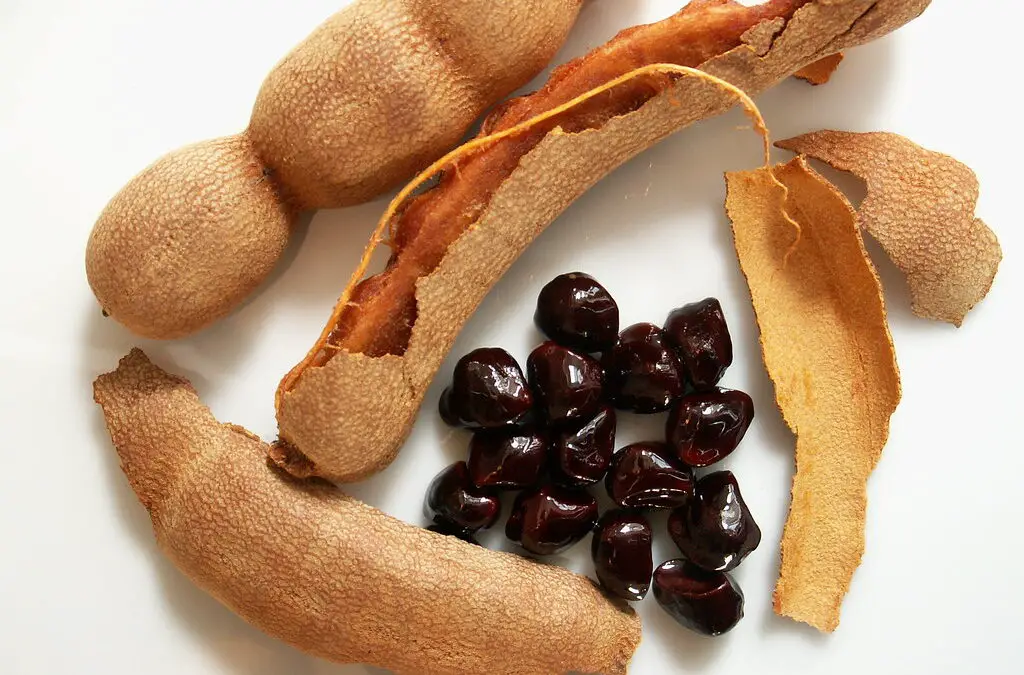Ras el hanout spice is a blend that originates from North Africa and is commonly used in Middle Eastern cuisine. The name “ras el hanout” translates to “head of the shop,” indicating that it is the best blend of spices that a spice merchant has to offer. The blend typically contains a variety of spices, including cumin, coriander, cinnamon, ginger, and turmeric, among others.
Ras el hanout is known for its complex and rich flavor profile, which can vary depending on the specific blend and the region where it is made. It is often used in tagines, stews, and couscous dishes, adding depth and warmth to the dish. The spice blend can also be used as a rub for meats or as a seasoning for vegetables.
Despite its popularity in Middle Eastern cuisine, ras el hanout is still relatively unknown in many parts of the world. However, its unique flavor and versatility make it a spice blend that is worth exploring for anyone interested in trying new flavors and experimenting with different cuisines.
Origins of Ras El Hanout Spice
Historical Context
Ras el hanout is a spice blend that originated in North Africa and is commonly used in Middle Eastern cuisine. Translated from Arabic, “ras el hanout” means “top of the shop,” signifying that it comprises the finest selection of spices from a specific spice shop.
The exact origins of ras el hanout are unclear, but it is believed to have been created by spice merchants in Morocco. The spice blend was used as a way to showcase the quality and variety of spices available in a particular shop, and each blend would be unique to that shop.
Geographical Significance
Ras el hanout is most commonly associated with Moroccan cuisine, but it is also used in other North African and Middle Eastern countries. The blend typically includes a combination of sweet and savory spices, such as cinnamon, cumin, coriander, turmeric, ginger, and cardamom.
The specific spices used in ras el hanout can vary depending on the region and the preferences of the spice merchant. Some blends may include more exotic spices such as saffron, rose petals, or even dried fruits.
Ras el hanout is a versatile spice blend that can be used in a variety of dishes, including stews, tagines, and grilled meats. It adds a complex, aromatic flavor to dishes and is often used in place of individual spices to simplify the cooking process.
Overall, ras el hanout is a flavorful and unique spice blend that is an essential ingredient in Middle Eastern cuisine.
Ingredients of Ras El Hanout Spice
Common Ingredients
There are many different variations of ras el hanout, but some of the most common ingredients include:
These ingredients are typically ground together to create a fine powder that can be used to season meat, vegetables, and rice dishes.
Variations
While the common ingredients listed above are used in most ras el hanout blends, there are many variations of the spice that can include additional ingredients such as:
- Allspice
- Cloves
- Fennel seeds
- Star anise
- Saffron
- Rose petals
The exact blend of spices used in ras el hanout can vary depending on the region and the personal preferences of the spice merchant.
Substitutions
If you don’t have all of the ingredients needed to make ras el hanout, there are some substitutions that you can use. For example:
- If you don’t have cumin, you can use coriander or fennel seeds instead.
- If you don’t have cardamom, you can use cinnamon or allspice instead.
- If you don’t have nutmeg, you can use cloves or ginger instead.
It’s important to note that while these substitutions can work in a pinch, they will change the flavor of the spice blend. For the most authentic flavor, it’s best to use all of the ingredients called for in the recipe.
Making Ras El Hanout Spice at Home
Ras el hanout is a popular spice blend used in Middle Eastern cuisine. It is a complex blend of various spices and herbs, each adding its unique flavor and aroma to the mix. Making your own Ras el hanout blend at home is a great way to ensure that you have a fresh and flavorful blend to use in your cooking.
To make Ras el hanout at home, you will need to gather the necessary ingredients. The ingredients can vary depending on the recipe, but some common ones include:
- Cumin seeds
- Coriander seeds
- Cardamom pods
- Cloves
- Cinnamon sticks
- Nutmeg
- Allspice berries
- Black pepper
- Turmeric
- Ginger
- Paprika
- Cayenne pepper
Once you have gathered all the ingredients, you can start making the Ras el hanout blend. Here’s how:
- Toast the whole spices – Enhance the flavor and aroma of spices by toasting them before grinding. Place the whole spices in a dry skillet heated over medium heat. Toast them for a few minutes until fragrant, stirring occasionally.
- Grind the spices – Once the spices are toasted, let them cool and then grind them into a fine powder using a spice grinder or mortar and pestle.
- Mix the spices – In a bowl, mix the ground spices together until well combined. You can adjust the quantities of each spice to suit your taste.
- Store the spice blend – Transfer the Ras el hanout blend to an airtight container and store it in a cool, dry place. The spice blend will stay fresh for up to six months.
Making Ras el hanout at home is a simple process that can result in a flavorful and aromatic spice blend that you can use in a variety of Middle Eastern dishes. Give it a try and see how it can elevate your cooking to the next level.
Culinary Uses of Ras El Hanout Spice
Traditional Moroccan Dishes
Ras el hanout, a traditional Moroccan spice blend, adds depth to numerous dishes. This complex blend incorporates spices like cinnamon, cumin, coriander, ginger, and turmeric. Other spices that may be included are cardamom, nutmeg, allspice, and cloves.
One of the most popular Moroccan dishes that features ras el hanout is tagine. This slow-cooked stew typically includes meat, vegetables, and fruit, and is seasoned with this spice blend. Ras el hanout is also commonly used in couscous dishes and in marinades for grilled meats.
Modern Culinary Adaptations
In recent years, ras el hanout has become popular in modern cuisine as well. Chefs have begun using it in a variety of dishes, from roasted vegetables to grilled fish.
One popular modern adaptation is to use ras el hanout as a rub for roasted chicken. The spice blend adds a depth of flavor to the chicken that is hard to achieve with other seasonings. Ras el hanout can also be used to season rice dishes, soups, and stews.
Overall, ras el hanout is a versatile spice blend that can be used in a variety of dishes. Its complex flavor profile makes it a popular choice for both traditional Moroccan cuisine and modern culinary adaptations.
Health Benefits of Ras El Hanout Spice
Ras El Hanout is a popular spice blend used in Middle Eastern cuisine. It is made up of a variety of spices, including cumin, coriander, cinnamon, ginger, and turmeric. In addition to its delicious taste, Ras El Hanout also provides several health benefits.
One of the primary benefits of Ras El Hanout is its anti-inflammatory properties. Many of the spices in the blend, such as ginger and turmeric, have been shown to reduce inflammation in the body. Chronic inflammation has been linked to several health conditions, including heart disease, diabetes, and cancer. By incorporating Ras El Hanout into your diet, you may be able to reduce your risk of developing these conditions.
Another benefit of Ras El Hanout is its antioxidant content. Antioxidants are compounds that help protect the body from damage caused by free radicals. Free radicals are unstable molecules that can damage cells and contribute to the development of chronic diseases. Many of the spices in Ras El Hanout, such as cinnamon and coriander, are rich in antioxidants. By consuming Ras El Hanout regularly, you may be able to improve your overall health and reduce your risk of chronic diseases.
Ras El Hanout may also have antibacterial properties. Some of the spices in the blend, such as cumin and cinnamon, have been shown to have antimicrobial effects. This means that they may be able to help fight off harmful bacteria in the body, reducing the risk of infection.
In summary, Ras El Hanout is a delicious spice blend that provides several health benefits. Its anti-inflammatory, antioxidant, and antibacterial properties make it a valuable addition to any diet. By incorporating Ras El Hanout into your cooking, you can improve your overall health and reduce your risk of chronic diseases.
Buying and Storing Ras El Hanout Spice
Shopping Tips
When shopping for Ras El Hanout spice, it is important to look for high-quality blends that are made with fresh ingredients. Look for spice shops or markets that specialize in Middle Eastern cuisine, as they are more likely to carry authentic Ras El Hanout blends.
When selecting a blend, pay attention to the ingredients list. Ras El Hanout typically includes a mix of spices such as cumin, coriander, cinnamon, ginger, and turmeric, among others. Make sure the blend contains the spices you prefer and avoid blends that contain fillers or additives.
Storage Advice
To ensure the longevity of the spice blend, it is important to store it properly. Keep Ras El Hanout in an airtight container in a cool, dry place away from direct sunlight. This will help preserve the flavor and aroma of the spices.
It is also important to note that Ras El Hanout is best used within six months of purchase. After this time, the spices may start to lose their potency and flavor. To ensure the best flavor, purchase smaller quantities of the spice blend and use it within a reasonable amount of time.
Overall, buying and storing Ras El Hanout spice is easy with a few simple tips. By selecting a high-quality blend and storing it properly, you can enjoy the rich and complex flavors of this essential Middle Eastern spice blend in your cooking.
Conclusion
Ras el hanout spice is a versatile spice blend that has been a staple in Middle Eastern cuisine for centuries. Its unique blend of spices adds depth and complexity to dishes, making them more flavorful and aromatic. As a result, it has become increasingly popular in Western cuisine, where it is used in a variety of dishes, from roasted meats to soups and stews.
One of the most significant advantages of ras el hanout is its ability to enhance the flavor of dishes without adding salt or fat. This makes it an excellent choice for those looking to reduce their salt or fat intake without sacrificing flavor. Additionally, it is a great way to add variety to your meals, as it can be used in a variety of dishes.
Overall, ras el hanout is a spice blend that is worth trying. Its unique blend of spices adds depth and complexity to dishes, making them more flavorful and aromatic. Whether you are an experienced cook or just starting, ras el hanout is a spice blend that is sure to impress.
